
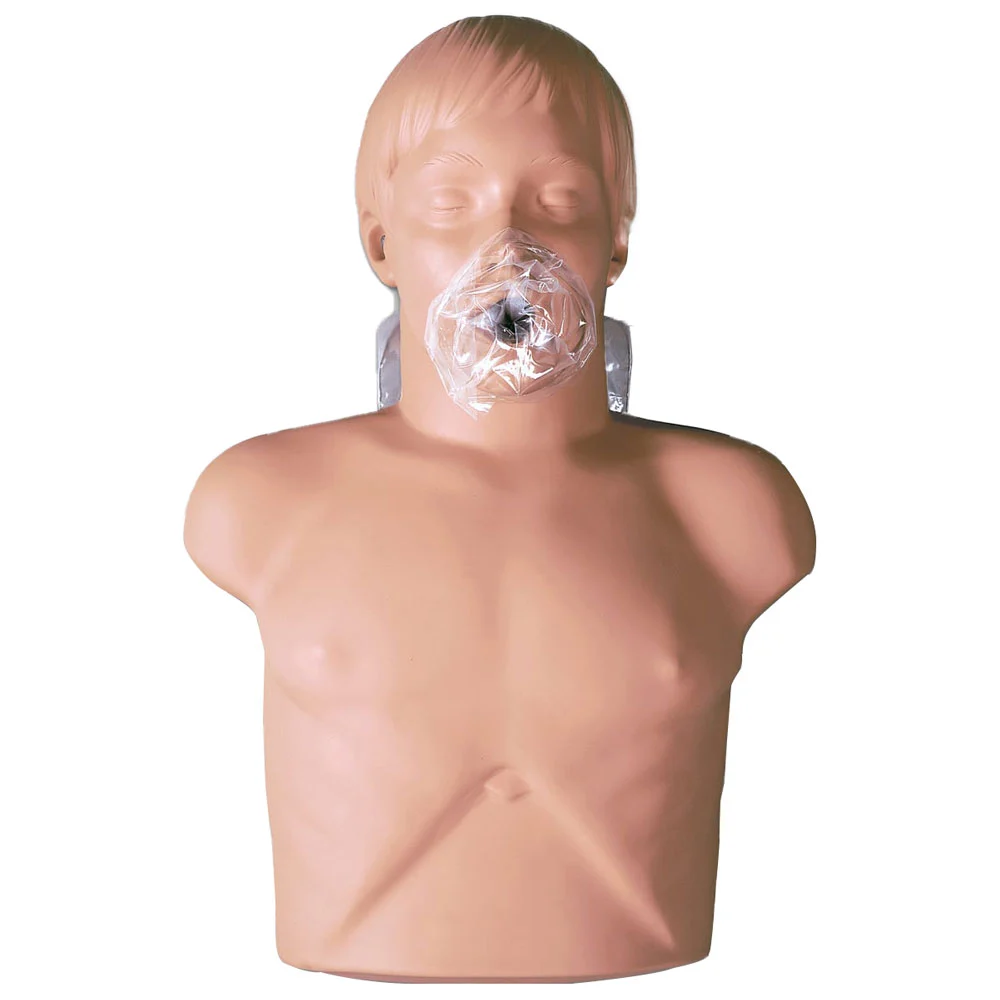
The ability to perform cardiopulmonary resuscitation (CPR) is an invaluable skill. Whether it’s a sudden cardiac arrest in a hospital room, a medical emergency on an airplane, or a crisis in a remote location, the need for skilled CPR practitioners can arise in various challenging scenarios. This is where the role of CPR training becomes paramount, and the effectiveness of that training often hinges on the tools and methods used.
The use of CPR manikins has revolutionised the way healthcare professionals and students prepare for real-life resuscitation efforts. These lifelike training aids not only provide a safe and controlled environment for learning but also allow instructors to simulate some of the most challenging and high-stress CPR scenarios. The ability to recreate these situations accurately equips healthcare practitioners with the skills and confidence needed to respond effectively when it matters most.

Cardiopulmonary resuscitation (CPR) is a life-saving technique that can mean the difference between life and death in critical situations. Whether it’s a heart attack, drowning, or any other cardiac emergency, the ability to perform CPR correctly is a vital skill that healthcare professionals and bystanders must possess. But, the reality of CPR scenarios is far from one-size-fits-all. In the field of healthcare, no two situations are exactly alike, and challenges often arise that require quick thinking, adaptability, and precision.
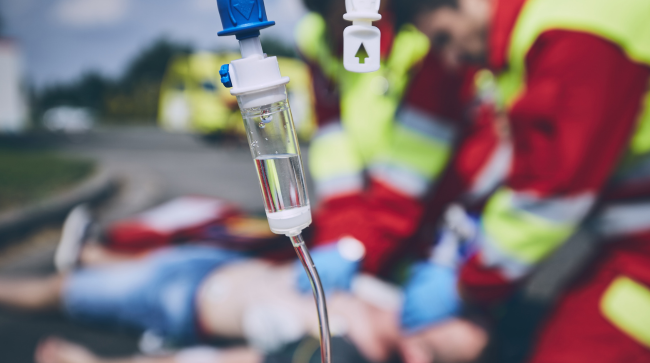
Real-life CPR scenarios are complex and multifaceted. In an emergency, factors like the patient’s age, physical condition, location, and the presence of other medical issues all play a role in determining the appropriate approach to resuscitation. Additionally, healthcare professionals may encounter situations where access to the patient is restricted, such as in a confined space, or where the environment itself presents hazards or complications. It’s these variations and the unpredictable nature of emergencies that underscore the importance of training that goes beyond basic skills.
Traditional CPR training often begins with basic manikins that allow students to practice chest compressions and rescue breathing. While this foundational training is essential, it may not adequately prepare healthcare providers for the diverse and demanding real-world scenarios they’ll face in their careers. Realistic training that mirrors the complexities of actual CPR scenarios is critical to building confidence, competence, and adaptability among healthcare professionals.
This is where CPR manikins come into play. They are designed to simulate real human physiological responses, providing a more accurate representation of the challenges healthcare providers might encounter in the field. By using manikins that can mimic various aspects of a real patient, including airway resistance and chest recoil, and even complications like choking or regurgitation, students can develop the necessary skills and muscle memory required for complex, real-world situations.
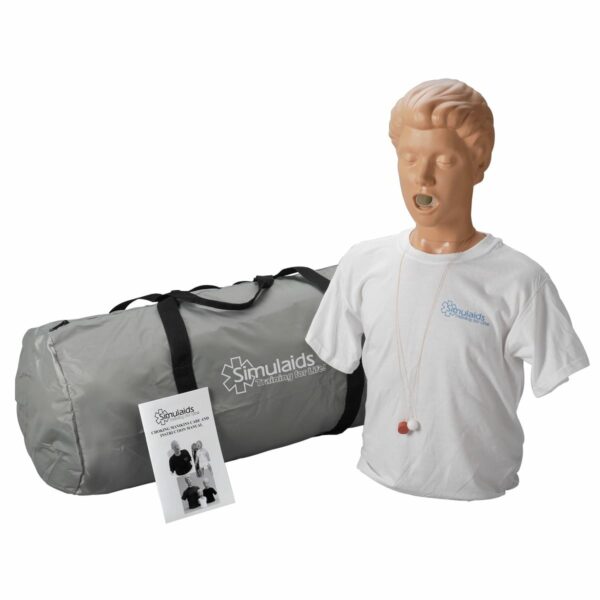
The value of realistic CPR training cannot be overstated. Healthcare professionals who have been exposed to these high-pressure scenarios during training are better equipped to maintain their composure, make quick decisions, and deliver effective CPR when it counts.
One of the key advantages of CPR manikins is their versatility. These training tools can be customised to recreate specific challenging scenarios that healthcare professionals may encounter. For instance, healthcare educators can adjust the manikin to represent patients of different ages, from infants to adults, ensuring that learners are well-prepared to address a wide range of situations. This customisation extends to various medical conditions and complications that may require different CPR techniques.
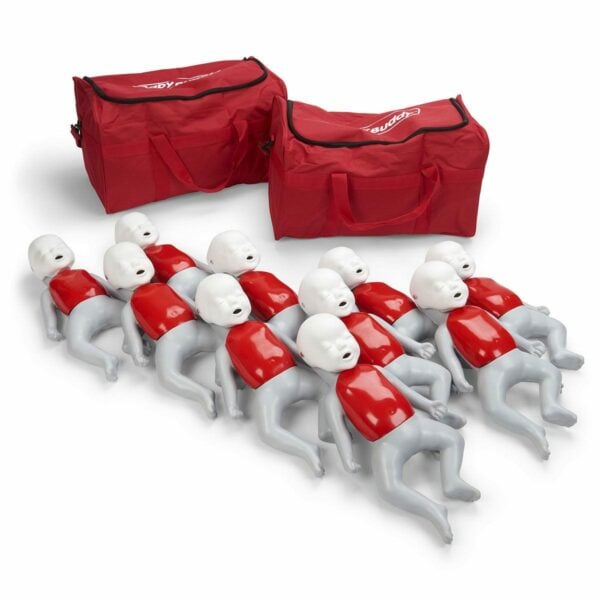
CPR manikins are designed to replicate the anatomical features of a human body, making them a lifelike and highly effective training aid. From realistic chest anatomy and skin texture to the ability to mimic airway resistance, these manikins provide an authentic training experience. Some advanced models even offer features like chest recoil, which is crucial for accurate chest compression training. This level of realism ensures that learners develop the muscle memory and skills needed for real-world resuscitations.
One of the remarkable advancements in CPR manikin technology is the integration of responsive feedback systems. These systems provide real-time feedback to students and instructors, allowing them to monitor and adjust their CPR technique on the spot. This includes metrics on compression depth, rate, and complete chest recoil, as well as ventilation volume and frequency. This instantaneous feedback helps learners fine-tune their skills and ensures that they are practicing the most effective CPR techniques.

Advanced CPR manikins are designed to provide an anatomically realistic response during training. This means that they simulate the feel and response of a real human body, including accurate chest recoil. Realistic chest recoil is a critical aspect of effective CPR, as improper recoil can reduce blood flow and hinder the chances of a successful resuscitation. By training on manikins that replicate this response, healthcare professionals can develop the muscle memory required for high-quality chest compressions.
Some CPR manikins are equipped with app integration and data collection capabilities. Instructors and students can connect these manikins to mobile apps that provide additional training resources and allow for comprehensive data analysis. This data-driven approach enables educators to track students’ progress, identify areas for improvement, and tailor training to individual needs.
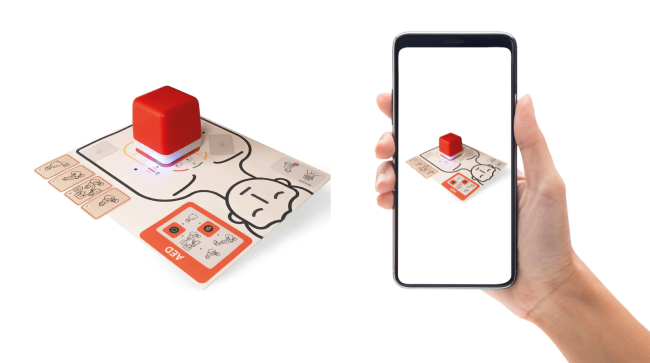
We’ve discussed the need for realistic CPR training and explored the advanced features of CPR manikins. Now, let’s examine the benefits of training healthcare professionals in challenging CPR scenarios using these specialised tools.
Simulating challenging CPR scenarios prepares healthcare professionals for the unexpected. By practicing in conditions that mirror real-life emergencies, they become more mentally and emotionally prepared to handle high-pressure situations. This heightened state of readiness can be the key to maintaining composure and making swift, life-saving decisions when it matters most.
Challenging CPR scenarios often require healthcare providers to work together seamlessly. Training with CPR manikins that can simulate complicated situations promotes effective teamwork. Learners practice communication, coordination, and collaboration, which are vital skills in the healthcare field. This, in turn, can lead to more efficient and successful resuscitation efforts when multiple providers are involved.
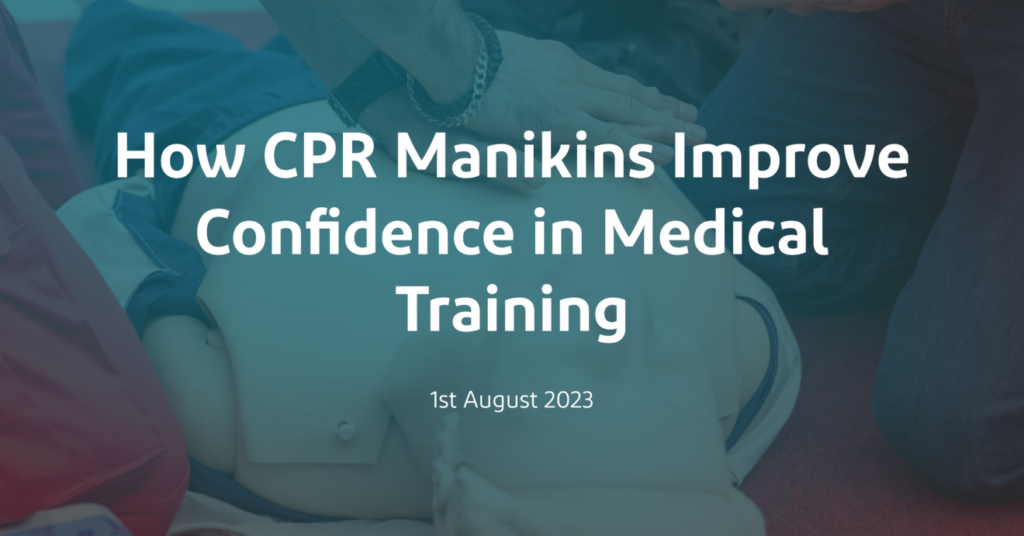
In challenging CPR scenarios, problem-solving becomes an integral part of the training. Learners must adapt to unexpected variables and complications, making quick decisions to ensure the best possible outcome. This type of training hones their problem-solving skills, enabling them to make critical decisions in high-stress environments.
The value of confidence in healthcare cannot be overstated. When healthcare professionals train with CPR manikins in challenging scenarios, they develop the confidence to handle real-life emergencies effectively. This confidence stems from practical experience, knowledge, and the ability to adapt to varying circumstances.
Medical knowledge and techniques evolve over time. Continuous training is essential to stay up-to-date and maintain proficiency. By training in challenging CPR scenarios, healthcare professionals can ensure that their skills are always current and that they are prepared for the latest advancements in resuscitation techniques.
Perhaps the most important benefit is that training in challenging CPR scenarios using CPR manikins can ultimately lead to increased patient survival rates. When healthcare providers are well-prepared, confident, and able to adapt to complex situations, they significantly improve the chances of saving lives during cardiac emergencies.
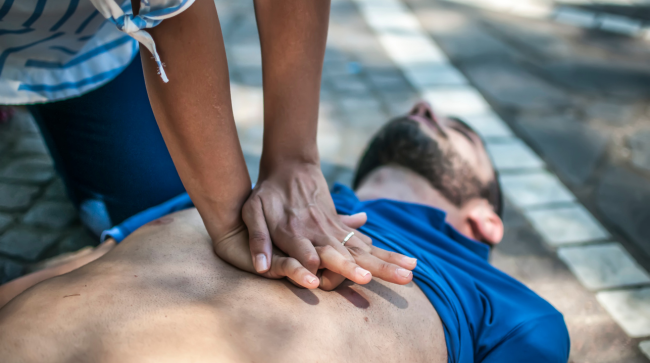
By leveraging the capabilities of these manikins to simulate challenging CPR scenarios, healthcare educators can instil these benefits in their students, helping them become more capable and confident healthcare providers who are well-prepared to face the unpredictable challenges of their profession.

Effective scenario design is essential for simulating challenging CPR situations. Instructors should create scenarios that are relevant to the specific context in which healthcare professionals will be working. This may include scenarios in confined spaces, during transportation, or in other high-pressure environments. These scenarios should challenge learners and provide opportunities to apply their skills in realistic situations.
After each training scenario, debriefing is crucial. Debriefing sessions allow learners to reflect on their performance, receive constructive feedback, and identify areas for improvement. Instructors should facilitate debriefing sessions to encourage self-assessment and promote a culture of continuous improvement.

Regular skill assessment is vital to track the progress of healthcare professionals. Using the data collected from CPR manikins, instructors can identify areas where students may need further training and offer targeted guidance to help them improve.
To fully prepare healthcare professionals for a wide range of challenges, it’s important to provide a variety of scenarios. Include scenarios involving different age groups, medical conditions, and environmental factors. This diversity ensures that learners are well-equipped to handle any situation they may encounter in their roles.
In the dynamic world of healthcare, the ability to perform effective cardiopulmonary resuscitation (CPR) is not just a skill; it’s a lifeline. The unpredictable nature of cardiac emergencies, the diversity of patients, and the myriad of complications that can arise demand healthcare professionals to be well-prepared, adaptable, and confident in their ability to respond to challenging CPR scenarios.
CPR training is the cornerstone of building this readiness, and within the realm of training, CPR manikins have emerged as indispensable tools. These lifelike training aids are engineered to mirror the complexities of real-life resuscitations, preparing healthcare professionals for the unexpected challenges they may encounter in their careers.
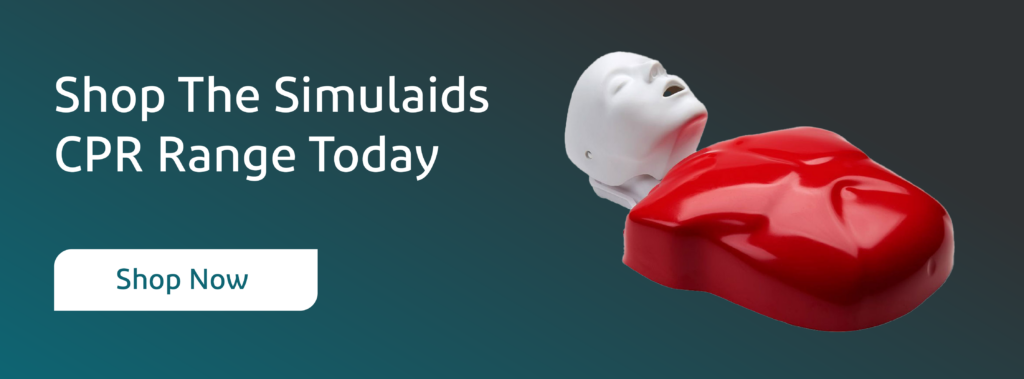
Sign up to our newsletter
Sign up to our newsletter for the latest product updates, announcements, and insights.
© Simulaids 2024. All Rights Reserved.